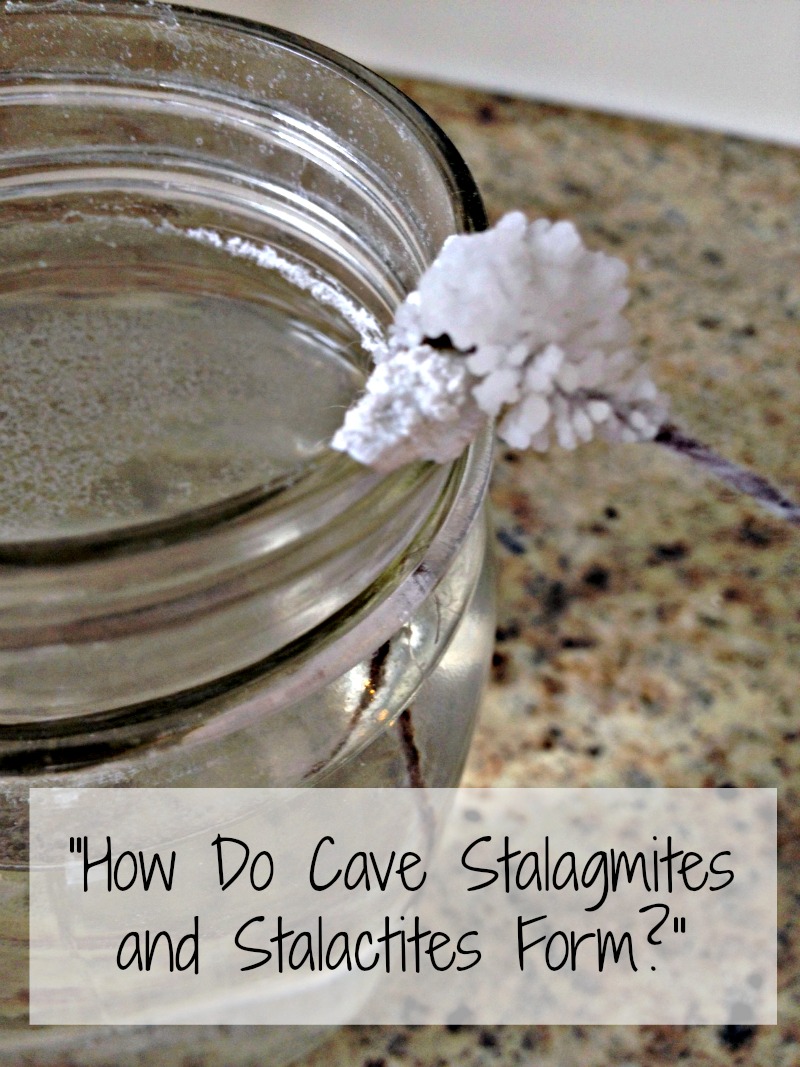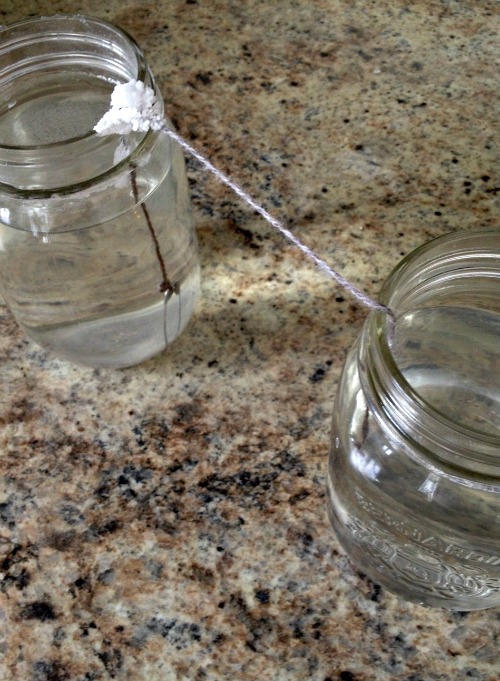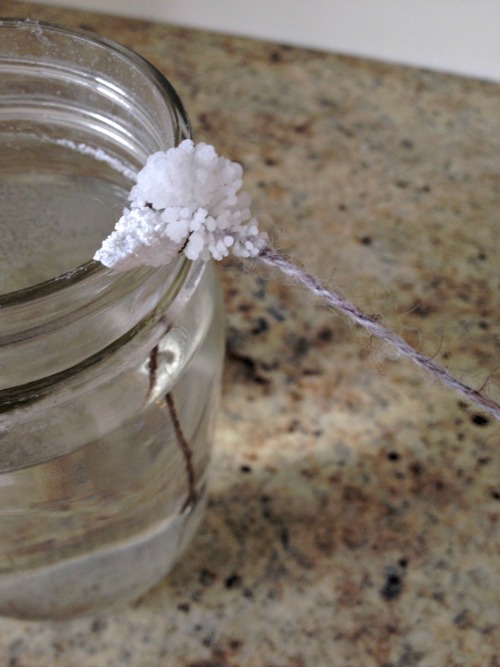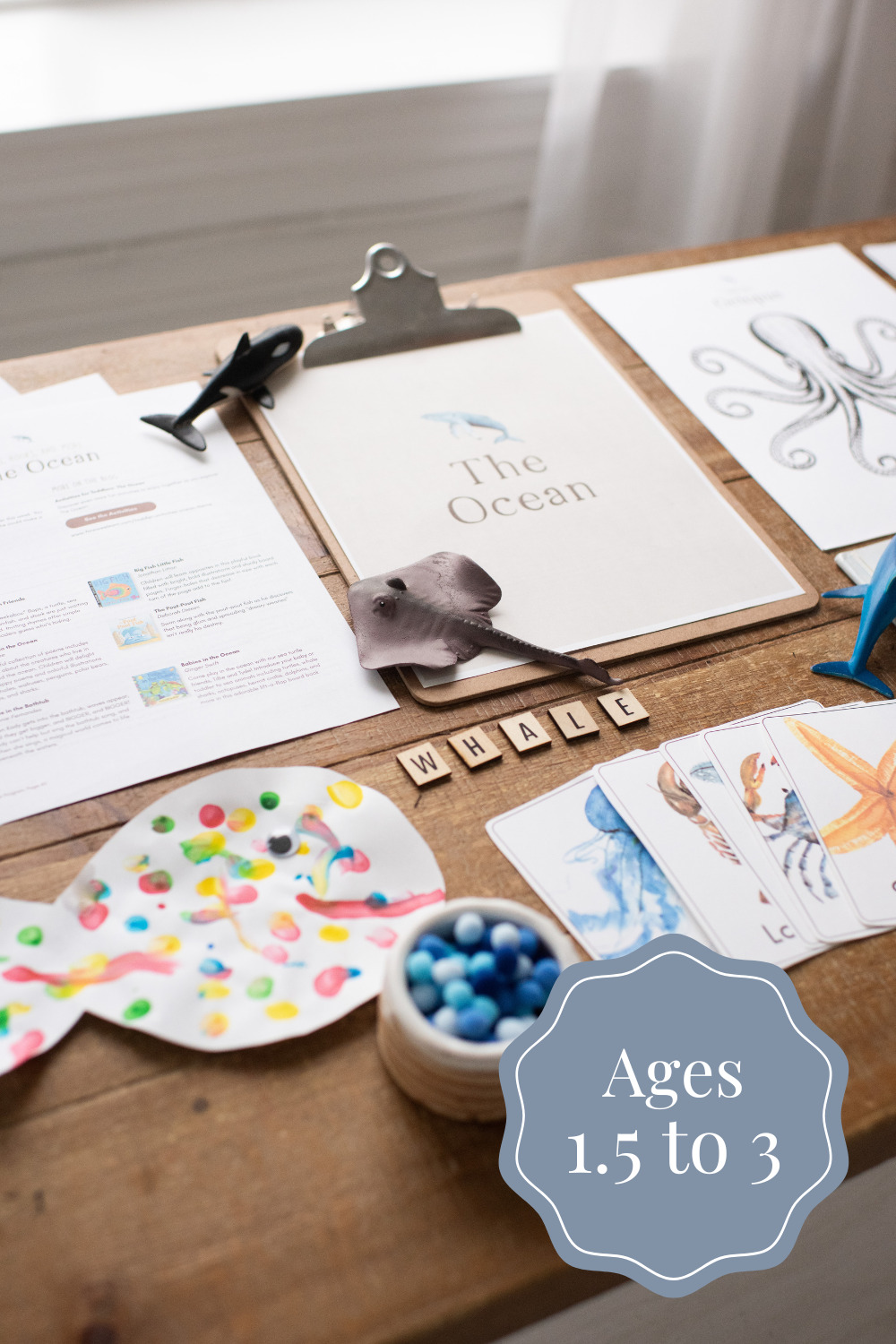The love of science is alive and well in our house right now. Both boys love everything dinosaur right now, with a fascination for space (amazingly awesome) close behind. I thought it was a great time to do some simple science experiments. We will be doing one with walking water soon, but today I think we will give this one a try. I wrote this last year – How are cave stalactites formed?
Some of the best science experiments and demonstrations stem from simple questions. This one stemmed from exactly that. As we were at a museum and exploring a (pretend) cave, we were examining some stalagmites and stalactites. Madeline questioned, “How are stalactites formed?” Well … truthfully … I didn’t know. So I thought we had better find out.
One of my favorite Science books for kids is (Amazon affiliate link) David Suzuki’s Eco-Fun: Great Experiments, Projects, and Games for a Greener Earth. So this was the first book we checked!
How are stalactites and stalagmites formed?
From what we have found out, stalactites and stalagmites are formed by dripping water entering through a cave. When the water drips through a cave, a mineral is dissolved and this mineral build up over time. Stalactites are the minerals that are deposited and hang down from the top of the cave, and stalagmites are the deposited minerals that build up like a pile from the cave floor. Kids Discover has an easy to understand description on the details of how stalagmites and stalactites form in caves over time.
A Scientific Demonstration: How Are Stalactites Formed?
For this Scientific Investigation you will need:
Baking Soda
Safety Pins
2 Glass jars
Wool Yarn
Water
This scientific exploration is very simple – but it does take time. One week for best results, though stalactites began building for us on our second day.
To make your own stalactites:
First, pour warm water into the two glass jars
Next, mix in baking soda until the mixture is supersaturated – this means no more baking soda can dissolve in the water. We kept adding and adding the baking soda until we could see some staying on the bottom of the jars – a surprising amount was dissolved!
Then, knot the safety pins onto both ends of the wool yarn and place the end in the two jars.
Overtime the wool yarn draws up the baking soda/water mixture. As the water evaporates the baking soda is left behind, forming the cave stalactites. If you are lucky, you may have some stalagmites form under the wool yarn on the counter (or a plate).
I love experiments and learning that comes straight from the interests of my kids. And I find I am learning so much as we go too! This scientific exploration is suppose to peak at around day 7 … and it certainly is fun to watch the formation and changes each day!









Does it need to be wool yarn? Could you use twine or a similar material?
How much baking soda (about) does it take for a typical glass jar?
Hi Lauren, great questions. I believe any yarn like substance would work, it just needs to be quite fibrous. I honestly cannot remember how much baking soda it took, as we did this experiment so long ago! I guess that means it is a good time to do it again. I will comment once we have recreated it – or perhaps someone else reading this will have the answer for you.